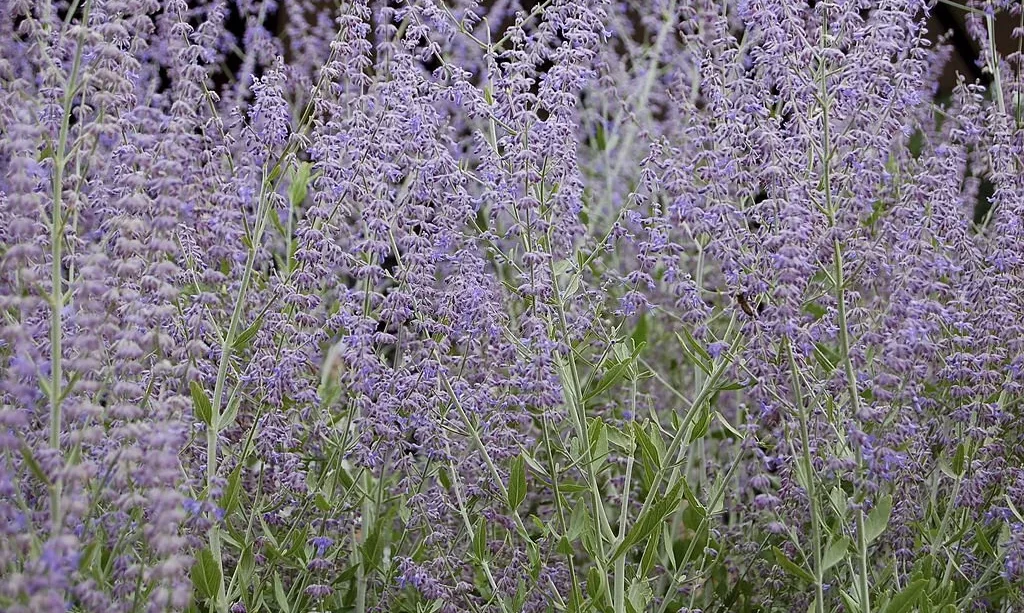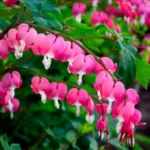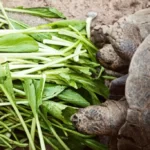Russian sage, scientifically known as Perovskia atriplicifolia, is a botanical gem that has found its way into countless gardens, admired for its graceful beauty and aromatic presence. This hardy perennial plant is renowned for its striking blue-purple flowers, silvery-gray leaves, and an enchanting fragrance that delights the senses. However, a question that often arises among gardeners and environmental enthusiasts is whether Russian sage is invasive. In this article, we will delve into the world of Russian sage to understand its characteristics, natural habitat, and the ongoing debate surrounding its potential invasiveness. By examining the features of this captivating plant, we can better appreciate its role in both cultivated landscapes and the broader ecosystem.
- Perovskia Seeds (Russian Sage) – Blue Steel – 100 Seeds – Perovskia atriplicifolia
- Non-GMO – Open Pollinated – High Germination Rate
- Seeds For: Decorative & Ornamental Foliage & Flower Gardening
- Days to Full Maturity: 2nd Yr — Perennial — USDA Hardiness Zone: 5-9
- Mountain Valley Seed Company Brand – Premium Quality Seeds
Russian Sage (Perovskia atriplicifolia)
Russian sage, botanically classified as Perovskia atriplicifolia, is a perennial herbaceous plant native to regions in Central Asia, including Afghanistan, Iran, and Tibet. This member of the Lamiaceae family, which also includes mint and lavender, is known for its distinctive appearance and valuable ornamental qualities.
The plant boasts finely divided, pinnately compound leaves covered in a silvery-gray fuzz, giving it a soft, velvety texture. Its most alluring feature, however, is the profusion of tiny tubular flowers that form on tall, slender spikes. These flowers range from shades of lavender and blue to violet, creating a sea of captivating color during the summer months. The aromatic leaves emit a pleasant scent, resembling a combination of sage and lavender, which contributes to its charm and desirability in gardens.
Russian sage is celebrated for its adaptability, particularly in dry and arid conditions. Its drought tolerance, combined with a long blooming period, makes it an attractive choice for water-conscious gardeners. It’s no wonder that this plant has garnered popularity not only for its stunning aesthetics but also for its ability to thrive in various climates and soil types.
Despite its reputation as an ornamental treasure, the invasiveness of Russian sage is a topic of debate. Understanding the intricacies of this plant’s growth habits, ecological impact, and the environmental factors that influence its behavior is essential for making informed decisions about its cultivation and management. In the following sections, we will explore the variability in its invasiveness, the contributing factors, and the practices for responsible gardening.
Regional Variability and Invasiveness
The invasiveness of Russian sage (Perovskia atriplicifolia) is not a one-size-fits-all concept and varies significantly depending on the region in which it is cultivated. This variability is a result of multiple factors, including climate, soil conditions, and the specific ecosystems in a given area. As a result, Russian sage is not universally considered invasive but can be a concern in certain regions.
In some climates and ecosystems, Russian sage may exhibit invasive tendencies, particularly in areas with mild winters and well-drained soils. In these conditions, it can self-seed prolifically and outcompete native vegetation. In contrast, in regions with harsh winters, the plant’s spread may be more limited, and its invasiveness less of a concern.
Factors Contributing to Invasiveness
Understanding the factors that contribute to the invasiveness of Russian sage is essential for assessing its impact in different environments. Several factors play a role in determining whether Russian sage becomes invasive:
- Self-Seeding: Russian sage has the ability to produce a significant number of seeds. If these seeds are allowed to disperse freely and germinate, the plant can establish itself in new areas, potentially outcompeting native species.
- Climate: Mild and temperate climates with longer growing seasons may encourage Russian sage to spread more rapidly. Regions with mild winters provide a conducive environment for self-seeded plants to survive and thrive.
- Soil Conditions: Russian sage is adaptable to various soil types, but it thrives in well-drained soils. In areas with such soil conditions, it can establish itself more easily and potentially become invasive.
- Competition with Natives: In some instances, Russian sage may outcompete native vegetation for resources such as sunlight, water, and nutrients. This can disrupt the local ecosystem and have negative consequences for native plant species.
- Local Ecosystems: The impact of Russian sage on local ecosystems can vary widely. It may serve as a valuable nectar source for pollinators in some areas while posing a threat to native flora in others.
By considering these factors, gardeners and land managers can better assess whether Russian sage has the potential to become invasive in a particular region and implement appropriate management practices to prevent or mitigate its spread. Responsible gardening practices play a crucial role in ensuring that this captivating plant can be enjoyed without compromising local ecosystems.
Management and Control
Proactive management and control measures are crucial to prevent Russian sage from becoming invasive in regions where it may pose a threat to local ecosystems. Gardeners and land managers can employ several strategies to ensure responsible cultivation:
- Deadheading: Removing spent flowers before they produce seeds is an effective way to control the spread of Russian sage. Deadheading prevents the plant from self-seeding and creating new plants in unintended areas.
- Prudent Planting: When introducing Russian sage into a garden, it’s essential to select a suitable location. By planting it away from natural areas or ecosystems where it could potentially spread, gardeners can reduce the risk of invasiveness.
- Responsible Disposal: If self-seeding plants are removed, it’s crucial to dispose of them properly to prevent the seeds from inadvertently spreading. Bagging and discarding plant materials in a controlled manner can help mitigate the risk.
- Monitoring: Regularly monitor the garden or landscape for any signs of self-seeding or prolific growth of Russian sage. Early detection can enable timely action to prevent invasive behavior.
- Containment: Consider planting Russian sage in containers or designated areas to limit its spread. This method can be particularly effective if you are concerned about its potential invasiveness.
Regional Guidelines and Regulations
In regions where Russian sage is known to be invasive, local authorities may have guidelines and regulations in place to manage its cultivation and control its spread. It is essential for gardeners and land managers to be aware of and adhere to such guidelines, which may include restrictions on planting and cultivation in certain areas.
These guidelines are typically designed to strike a balance between appreciating the aesthetic qualities of Russian sage and preventing its adverse impact on local ecosystems. By respecting regional regulations, gardeners can help protect the environment while still enjoying the beauty of this plant in a responsible manner.
Conclusion
The question of whether Russian sage (Perovskia atriplicifolia) is invasive is complex and multifaceted. Its invasiveness is not a universal truth but rather a matter influenced by specific regional conditions and gardening practices. While Russian sage is celebrated for its captivating appearance and adaptability to various climates, its potential to become invasive in certain regions cannot be ignored.
Responsible gardening practices, including deadheading, prudent planting, and monitoring, are essential for preventing the spread of Russian sage in areas where it may pose a threat to local ecosystems. Additionally, being aware of and adhering to regional guidelines and regulations can help strike a balance between appreciating the aesthetic qualities of this plant and safeguarding native flora and fauna.
By taking these factors into account, gardeners and land managers can ensure that the beauty of Russian sage can be enjoyed without compromising the integrity of local ecosystems, thus allowing both the plant and the environment to thrive harmoniously.




